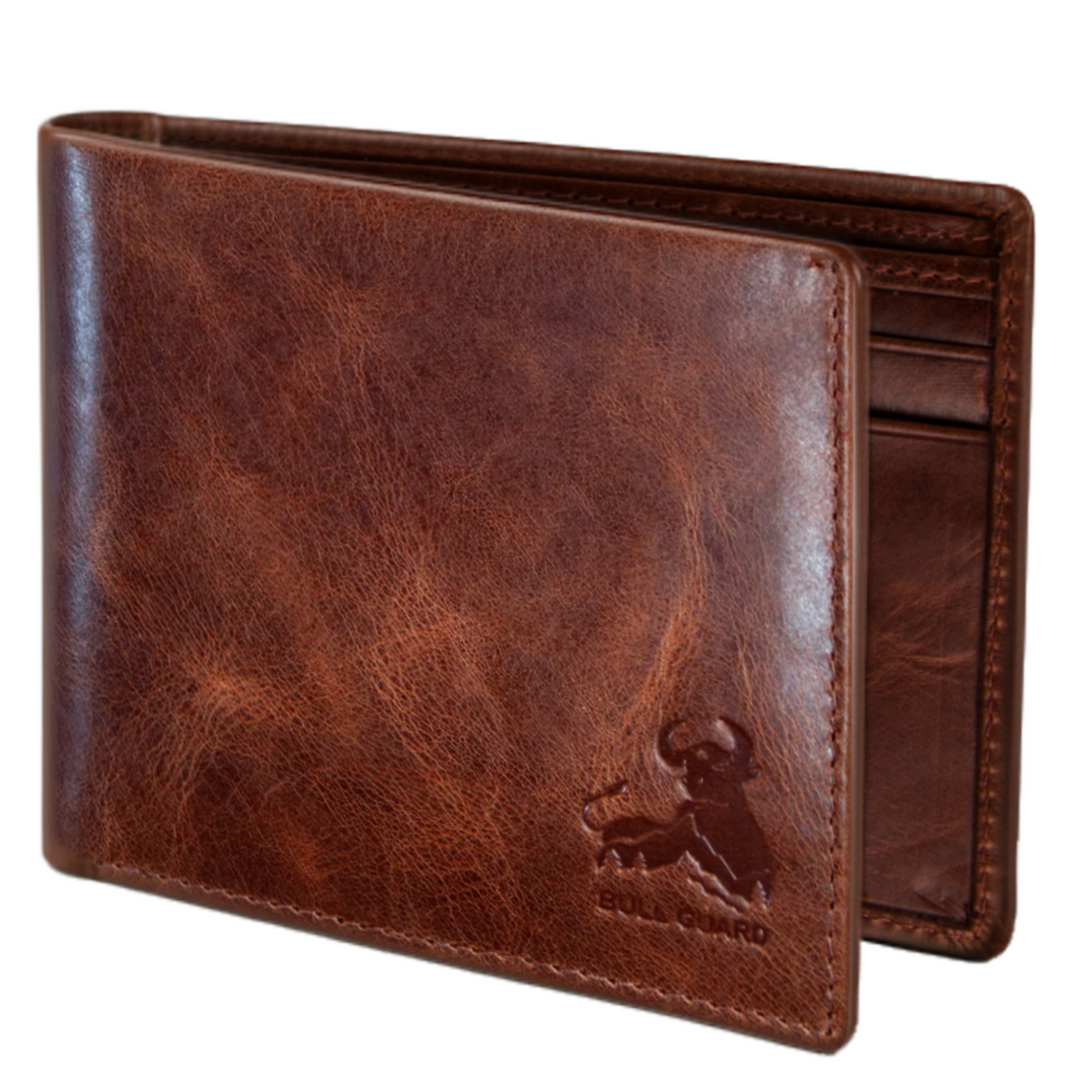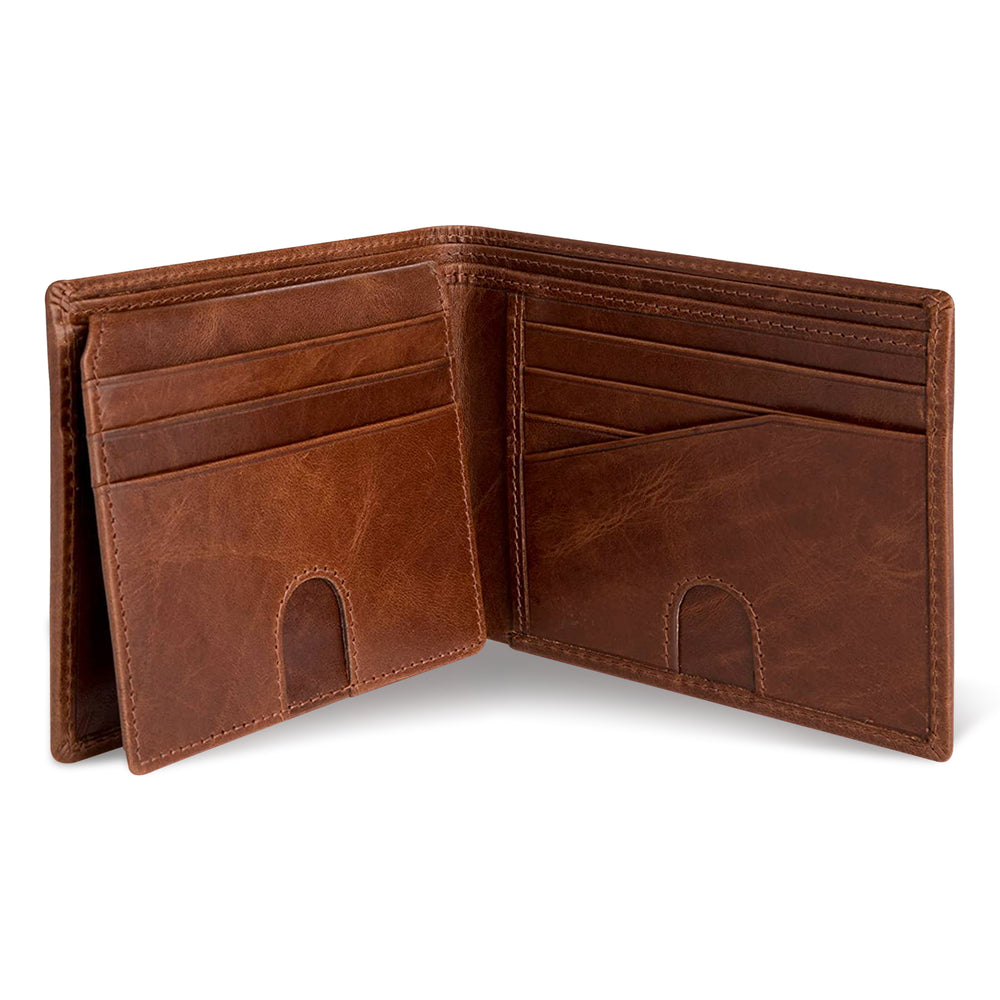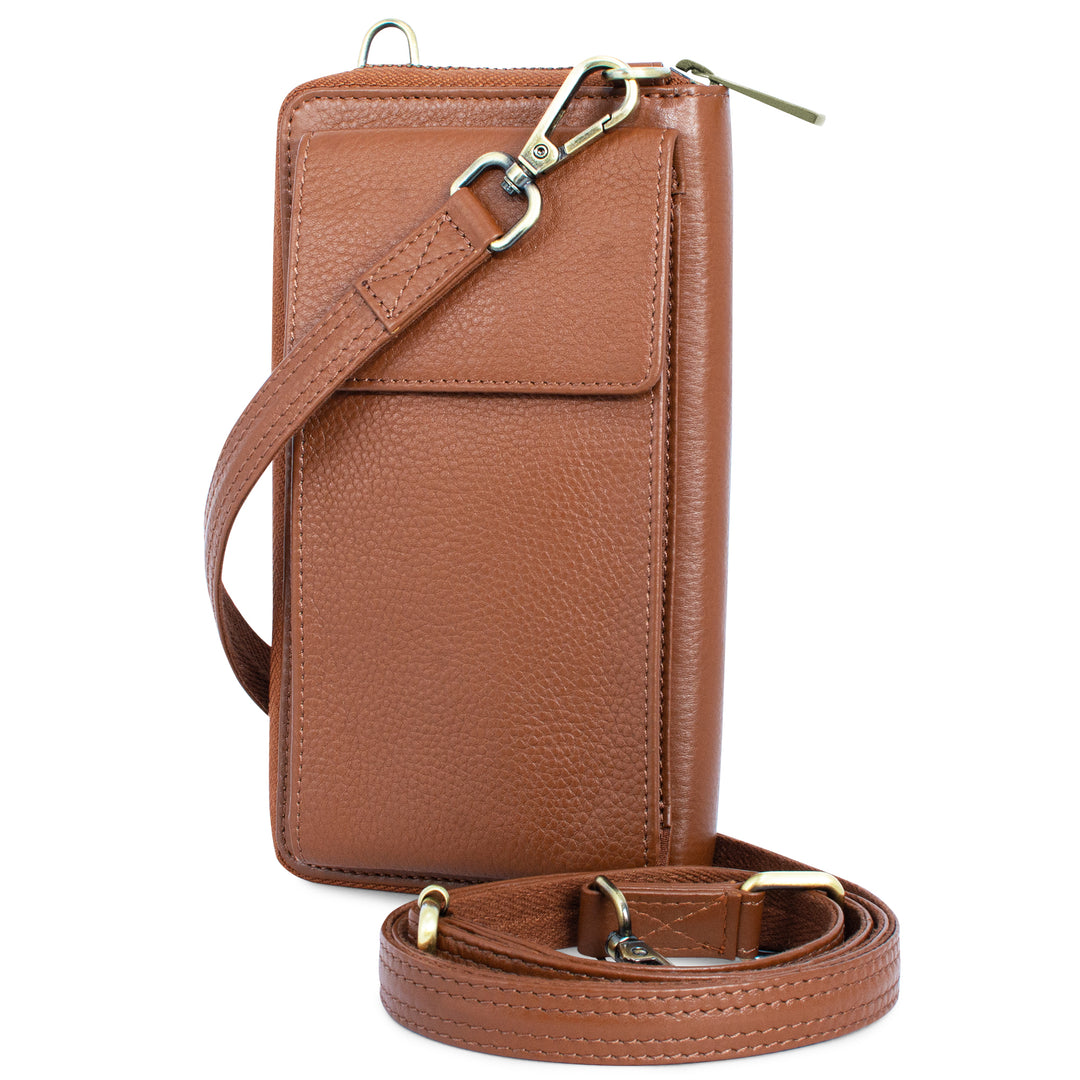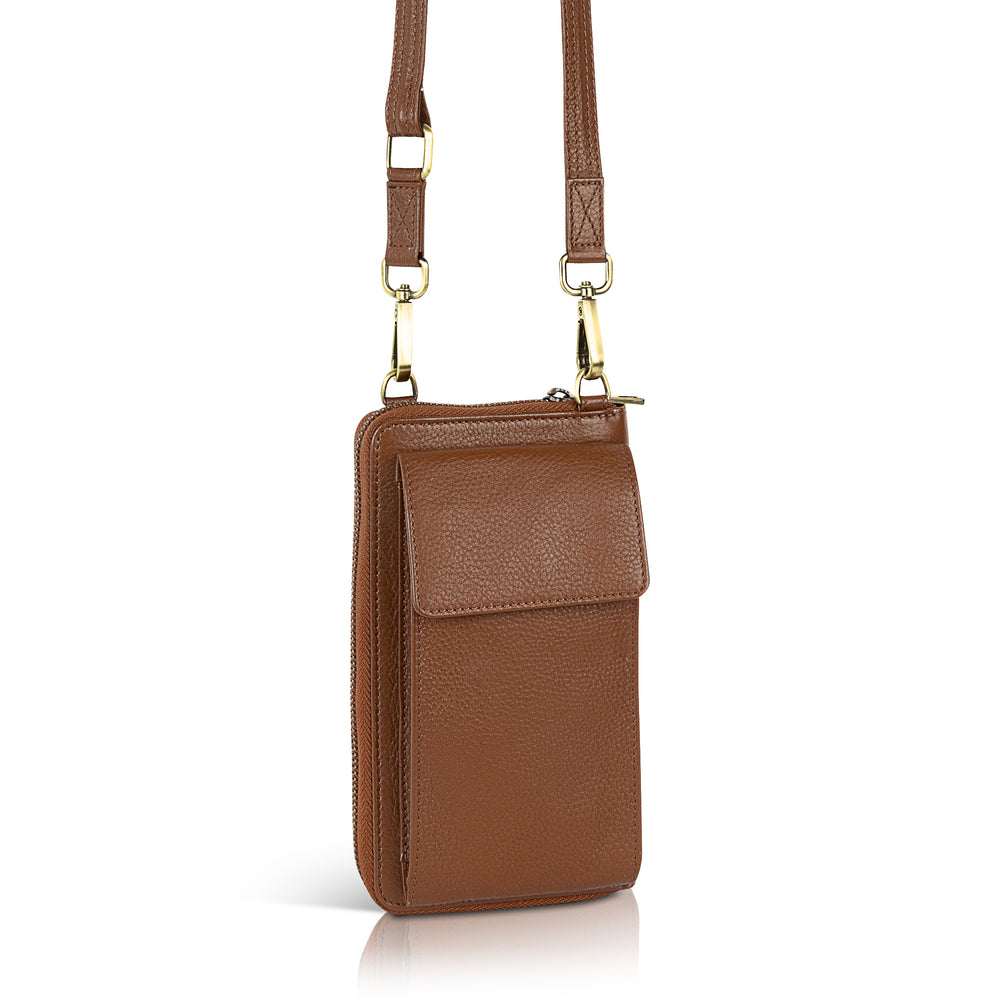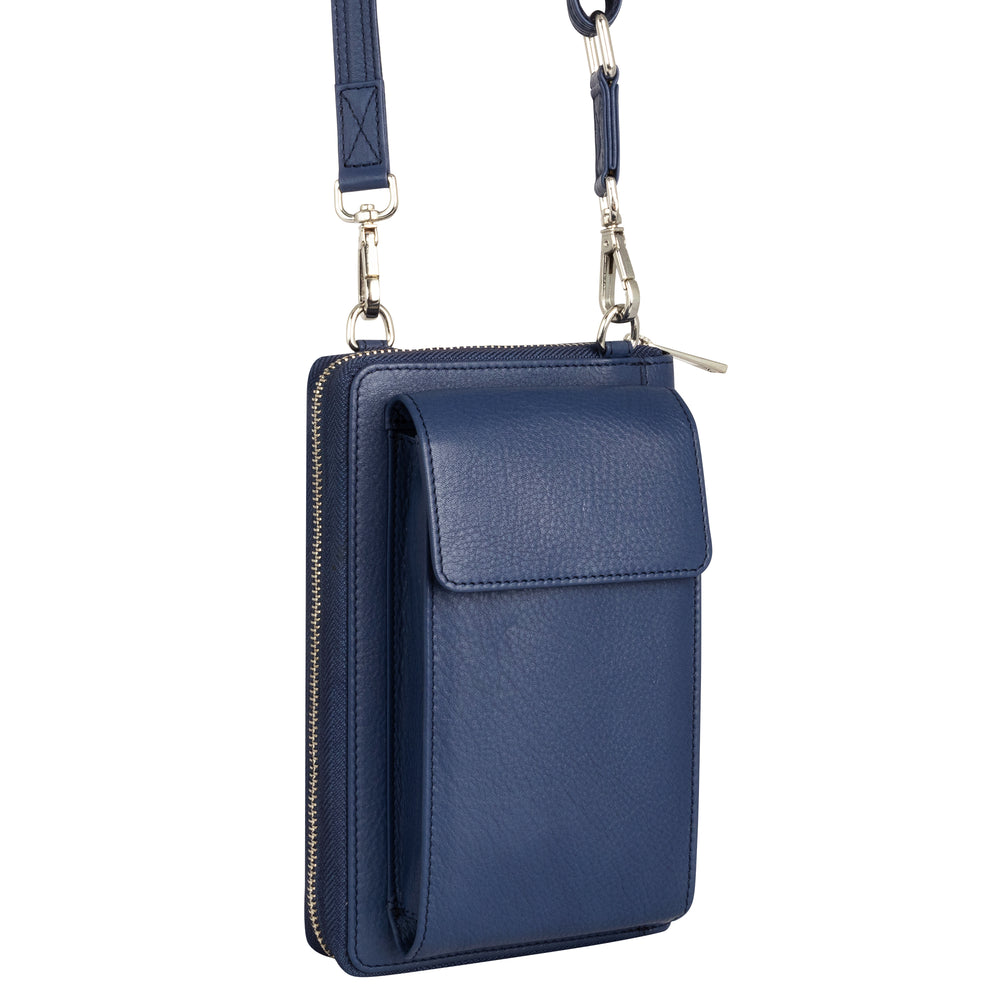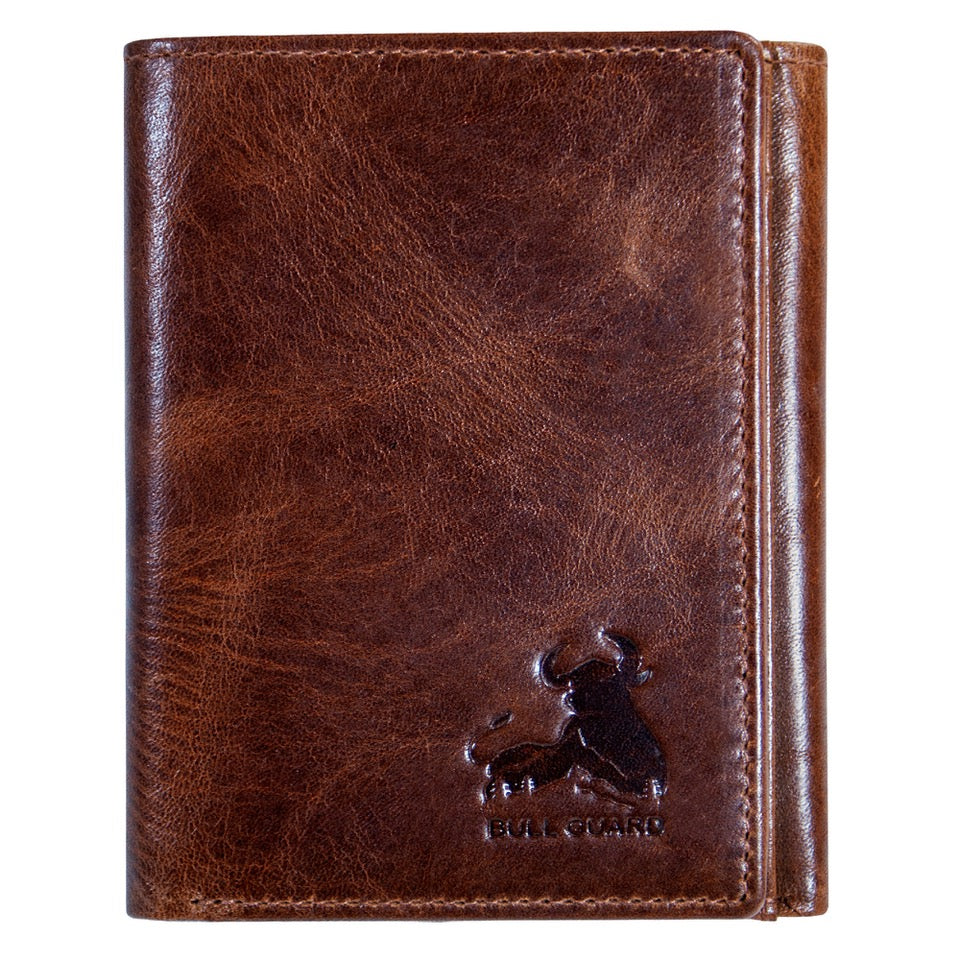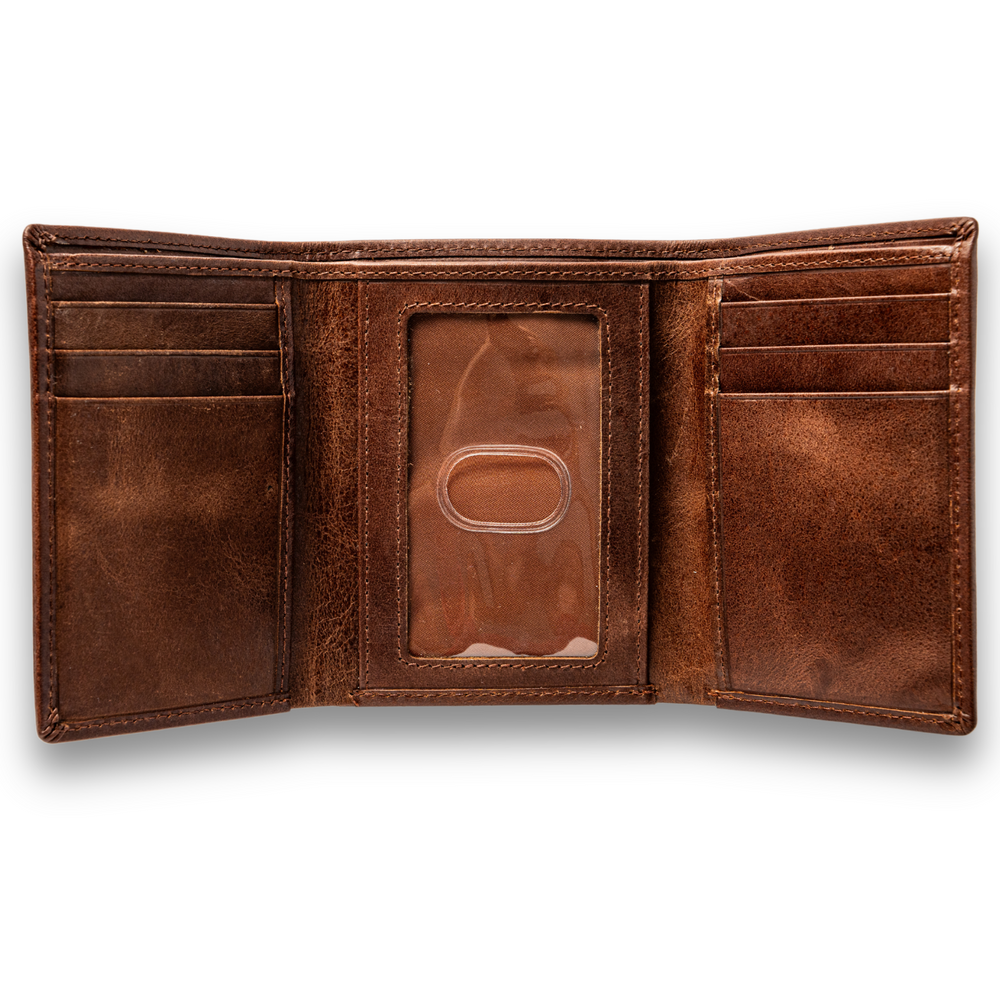Key Takeaways
- A good leather jacket symbolizes individuality and personal storytelling rather than just fashion.
- Choosing the right leather jacket involves understanding quality materials and craftsmanship.
- Wearing a leather jacket confidently helps you stand out and live boldly.
- A quality leather jacket is versatile, suitable for both urban environments and outdoor adventures.
The Untamed Guide to a Good Leather Jacket: How to Choose, Wear, and Live Boldly
I've spent years sketching leather goods and testing materials across city streets and mountain trails, but nothing commands respect quite like a truly good leather jacket. It's the difference between wearing a costume and carrying your story, between following trends and forging your own path through life's adventures.
A good leather jacket isn't just outerwear; it's a living companion that develops character alongside yours. The right jacket transforms from stiff armor into supple second skin, accumulating scratches that tell stories and developing a patina that reflects your journey. After witnessing countless Bull Guard customers discover this truth through our leather wallets, I understand how genuine craftsmanship becomes part of who you are.
This guide cuts through marketing noise to reveal what separates exceptional leather jackets from expensive disappointments. You'll learn to identify quality construction, choose the right style for your lifestyle, and care for a jacket that will outlast decades of adventures.
The Untamed Standard: What Makes a Truly Good Leather Jacket?
Quality leather jackets share three non-negotiable foundations: premium hide selection, masterful construction, and hardware that endures decades of wear. Like the full-grain leather in our Bull Guard wallets, exceptional jacket leather retains its natural grain structure, allowing oils and movement to create unique patina over time.
Leather Quality: Anatomy and Types
Full-grain leather represents the gold standard, the entire grain layer remains intact, providing maximum durability and natural aging potential. Top-grain leather has the surface lightly sanded to remove imperfections, sacrificing some character for uniformity. Corrected-grain leather undergoes heavy processing to mask flaws, while suede uses the flesh side of the hide for its distinctive texture.
The tanning process determines longevity and feel. Vegetable-tanned leather ages beautifully but requires patience to soften, while chrome-tanned leather offers immediate suppleness at the cost of some patina potential. Premium tanneries control moisture content to 12-15%, preventing cracking while maintaining flexibility.
| Leather Type | Durability | Patina Development | Break-in Time | Price Range |
|---|---|---|---|---|
| Full-Grain | Exceptional (20+ years) | Rich, unique character | 2-6 months | $400-$2000+ |
| Top-Grain | Very Good (10-15 years) | Moderate aging | 3-8 weeks | $200-$800 |
| Corrected-Grain | Good (5-10 years) | Limited patina | 1-3 weeks | $100-$400 |
| Suede | Moderate (3-7 years) | Texture changes | Immediate | $150-$600 |
Construction & Hardware: Details That Endure
Superior jackets feature 8-12 stitches per inch using heavy-duty thread, with seams reinforced at stress points like shoulders and pocket corners. Double-stitched seams prevent splitting under movement, while flat-fell seams eliminate bulk and irritation. The difference between machine and hand-stitching isn't just aesthetic, hand-sewn jackets accommodate leather's natural give and take.
Hardware quality separates lifetime pieces from temporary fashion. YKK zippers glide smoothly for decades, while brass or stainless steel hardware resists tarnishing and corrosion. Quality snaps require firm pressure to engage, and D-rings should feel substantial without adding unnecessary weight. Cheap hardware fails within 2-3 years, often requiring costly replacement or rendering the jacket unwearable.
The Importance of Fit and Silhouette
Proper fit transforms how leather moves with your body and determines long-term comfort. Shoulder measurement trumps all others, leather stretches minimally across the shoulders, so this dimension must be correct from purchase. A well-fitted jacket allows full arm movement without pulling across the back or creating wing-like silhouettes.
Essential measurements include: chest circumference at the fullest point, shoulder width from seam to seam, sleeve length from shoulder to wrist, and jacket length from collar to desired hem. Classic cuts like the biker jacket sit shorter at the waist, while field jackets extend to mid-hip for layering versatility.
Leather Jacket Styles: Choose Your Bold

Each leather jacket style emerged from specific functional needs, creating distinct silhouettes that serve different adventures. Understanding these origins helps you choose a jacket that aligns with your lifestyle and personal story.
The Classic Archetypes, Decoded
The biker jacket's asymmetrical zipper and wide lapels originated for motorcycle protection, creating an aggressive silhouette that commands attention. Bomber jackets descended from military flight gear, featuring ribbed cuffs and hem for cockpit warmth. Racer jackets strip away excess details for streamlined elegance, while field jackets offer multiple pockets and longer cuts for utility.
Key Design Details and How They Affect Performance
Collar styles dramatically impact both function and appearance. Stand collars offer wind protection and modern minimalism, while classic snap-tab collars provide versatility for both upright and folded wear. Band collars create clean lines ideal for layering, and wide lapels on biker jackets deflect wind while adding visual weight.
Pocket placement affects both utility and silhouette. Angled chest pockets allow easy access while seated or riding, while interior pockets protect valuables without creating bulk. Quality jackets feature reinforced pocket corners and smooth-operating zippers that won't snag or fail. The number and size of pockets should match your carrying needs, photographers and travelers benefit from multiple secure compartments.
Style Meets Function: Matching Jacket to Lifestyle
Urban professionals gravitate toward sleek racer jackets that layer well under blazers and complement tailored pants. Outdoor enthusiasts prefer field jackets with weather-resistant treatments and multiple pockets for gear. Travelers choose bomber styles for their packability and versatility across different climates and occasions.
| Lifestyle | Best Style | Key Features | Climate Suitability |
|---|---|---|---|
| Urban Commuter | Racer/Café Racer | Streamlined, minimal bulk | Mild to moderate |
| Weekend Adventurer | Field Jacket | Multiple pockets, longer cut | Variable conditions |
| Creative Professional | Biker Jacket | Statement lapels, character | Cool to moderate |
| Frequent Traveler | Bomber | Packable, versatile styling | Most climates |
How to Identify and Measure Quality in a Leather Jacket
Quality assessment requires systematic examination of materials, construction, and finishing details. Like evaluating the full-grain leather in our Bull Guard wallets, a good leather jacket reveals its caliber through specific visual and tactile markers that separate exceptional craftsmanship from mass production.
Visual and Tactile Examination
Premium leather displays natural grain patterns with slight irregularities that prove authenticity, perfectly uniform surfaces indicate heavy processing or synthetic materials. Run your fingers across the surface; quality leather feels supple yet substantial, with natural oils that create subtle sheen. The hide should show minimal scarring or blemishes, though small natural marks add character.
Weight provides immediate quality feedback. Full-grain jackets typically weigh 3-5 pounds depending on size and thickness, while lightweight options under 2 pounds often use thin or processed leather. Perform the scratch test gently with your fingernail, good leather shows light marking that disappears with rubbing, while poor leather tears or shows permanent damage.
Construction Mastery: Stitching, Seams, and Structure
Examine stitch consistency and density, quality jackets maintain 8-12 stitches per inch with even tension throughout. Seams should lie flat without puckering, with reinforced stitching at stress points like armholes and pocket corners. Double-stitched or flat-fell seams indicate superior construction designed for decades of wear.
Check edge finishing where leather meets leather. Raw or poorly finished edges fray and deteriorate quickly, while properly finished edges remain smooth and durable. Quality manufacturers use edge paint or burnishing to seal leather fibers, creating clean lines that maintain their appearance over time.
Hardware & Lining: Under-the-Hood Quality
YKK zippers operate smoothly without binding or skipping teeth, while generic zippers often fail within the first year of regular use. Hardware should feel substantial without excessive weight, quality snaps require firm pressure to engage, and metal components show proper finishing without sharp edges or rough casting marks.
Lining attachment reveals construction philosophy. Fully lined jackets sewn rather than glued provide superior durability and repairability. Quilted linings add warmth but increase bulk, while smooth linings ease layering. Quality linings use natural fibers or technical synthetics that breathe with your body rather than trapping moisture.
Comfortable and Practical: Getting the Right Fit and Feel
A properly fitted good leather jacket moves as your second skin, providing protection without restricting natural movement. Unlike fabric garments, leather offers minimal stretch, making accurate initial sizing crucial for long-term satisfaction and comfort.
Step-by-Step Measuring Guide
Measure chest circumference at the fullest point while wearing a light shirt, keeping the tape snug but not tight. Shoulder width measures from seam to seam across your back, this dimension cannot be altered significantly. Sleeve length runs from shoulder point to wrist bone, while jacket length depends on your preferred coverage and style.
For accurate measurements, stand naturally with arms at your sides. Chest measurements should allow 2-4 inches of ease for layering, while shoulders should align within half an inch of your natural shoulder point. Most quality manufacturers provide detailed size charts with specific measurements rather than generic S/M/L designations.
Jacket Adjustments and Alterations
Sleeve shortening represents the most common and successful leather jacket alteration, typically costing $40-80 and requiring 3-7 days. Skilled leather workers can adjust sleeve length up to 2 inches while maintaining proper proportions and hardware placement. Waist suppression offers another viable option, allowing tailors to remove 1-3 inches from side seams for a more fitted silhouette.
Complex alterations like shoulder adjustments or significant length changes often exceed the jacket's original cost while compromising structural integrity. When alteration costs approach 30% of the jacket's price, consider exchanging for a better-fitting size. Quality retailers typically offer size exchanges within 30 days for unworn items.
Breaking in Your Jacket: Make It Yours
New leather jackets require 3-6 weeks of regular wear to achieve optimal comfort and fit. Start with short indoor sessions to gradually stretch high-stress areas like shoulders and elbows. Light conditioning with leather balm accelerates the softening process, apply pea-sized amounts to stiff areas and work gently with your hands.
Avoid extreme break-in methods like soaking or forced stretching, which can damage leather fibers permanently. Natural body heat and movement create the most durable and comfortable break-in results. Most full-grain jackets show noticeable softening within two weeks of daily wear, developing their characteristic suppleness over the following months.
Layering Strategies for Every Season
Spring and summer styling pairs lightweight leather jackets (2-3 oz weight) with cotton tees, linen shirts, or jersey tanks for breathable comfort. Unlined or minimally lined jackets prevent overheating while providing wind protection during evening outings or air-conditioned environments.
Fall and winter layering accommodates heavier garments beneath thicker leather jackets (4-6 oz weight). Merino wool sweaters, flannel shirts, and thin down vests fit comfortably under properly sized jackets. Shearling-lined aviator jackets provide warmth equivalent to medium-weight coats while maintaining the distinctive leather aesthetic through harsh weather conditions.
Expert Comparisons: Styles, Leathers, and Alternatives

Objective comparison reveals how different leather types, construction methods, and style choices affect long-term satisfaction and value. Understanding these distinctions empowers confident decision-making when investing in a good leather jacket that matches your specific needs and preferences.
Style Showdown: Bomber vs. Biker vs. Racer
Bomber jackets excel in versatility and packability, featuring ribbed cuffs that seal against wind while allowing easy sleeve adjustment. Their aviation heritage translates to practical details like interior pockets sized for documents and electronics. The relaxed fit accommodates layering without restricting arm movement during active pursuits.
Biker jackets prioritize weather protection through asymmetrical zips that eliminate chest wind gaps and extended collar coverage. Heavy-duty hardware withstands rough use, while the fitted cut provides aerodynamic benefits for motorcycle riders. The aggressive styling makes bold fashion statements but limits workplace appropriateness in conservative environments.
| Feature | Bomber | Biker | Racer |
|---|---|---|---|
| Versatility | High - works everywhere | Medium - casual/edgy | High - professional friendly |
| Weather Protection | Good wind resistance | Excellent all-around | Moderate coverage |
| Packability | Excellent | Poor - bulky hardware | Good |
| Layering Ease | Excellent | Limited by fit | Good |
Full-Grain vs. Top-Grain vs. Corrected-Grain Leather
Full-grain leather maintains the complete hide surface, providing maximum durability and distinctive patina development. Thickness typically ranges from 1.2-1.6mm, offering substantial protection while remaining flexible. This premium option costs 40-60% more than alternatives but delivers decades of wear with proper care.
Top-grain leather removes the outermost surface layer, creating uniform appearance at the cost of some durability. The sanding process eliminates natural imperfections while reducing thickness to 0.9-1.2mm. This middle-ground option balances quality and affordability, making it popular for mid-range jackets.
Genuine Leather vs. Faux Leather: When to Choose Each
Genuine leather develops character through use, softening and conforming to your body while building protective patina. Temperature regulation occurs naturally as leather breathes with your skin, preventing the clammy feeling common with synthetic alternatives. Durability spans 10-30 years with proper care, making the higher upfront cost economically sensible.
High-quality faux leather serves specific needs including vegan lifestyles, severe weather exposure, and budget constraints. Modern polyurethane versions resist water damage better than genuine leather while requiring minimal maintenance. However, lifespan rarely exceeds 2-5 years, and the material doesn't improve with age like natural leather.
For more on choosing the right wallet to complement your style, see our guide to a good slim wallet.
To explore options for those who travel frequently, check out our article on finding a good travel wallet.
If you want to learn about classic wallet styles that pair well with timeless jackets, read about the classic trifold leather wallet style.
For those seeking a minimalist everyday carry, consider our Slim Leather Wallet for a streamlined look.
Looking for a versatile gift or a practical addition to your collection? Explore our best selling gifts for more inspiration.
For a secure and compact solution, our Magnetic Money Clip Card Case with ID offers both style and function.
Frequently Asked Questions
What distinguishes full-grain leather from other types of leather used in jackets?
Full-grain leather retains the entire natural grain layer of the hide, offering superior durability and the ability to develop a unique patina over time. Unlike top-grain or corrected-grain leather, it preserves natural markings and oils, making each jacket a living companion that ages beautifully with character.
How can I identify high-quality craftsmanship and durable hardware in a leather jacket?
Look for precise, even stitching that reinforces stress points and ensures longevity, paired with sturdy hardware like solid metal zippers and rivets designed to withstand daily wear. Quality craftsmanship means the jacket feels thoughtfully constructed, with attention to detail that supports both style and function.
What factors should I consider to ensure a leather jacket fits comfortably and suits my lifestyle?
Consider a tailored fit that allows freedom of movement without excess bulk, and choose a style that complements both your urban and outdoor activities. The right jacket balances comfort with practicality, adapting to your daily adventures while expressing your personal story boldly.
How does the tanning process affect the durability and aging of a leather jacket?
Vegetable tanning enhances leather’s longevity and allows it to develop a rich, natural patina that reflects your journey, while other tanning methods may prioritize uniformity over character. The tanning process influences how the leather feels, ages, and responds to wear, making it a key factor in selecting a jacket built to endure.



